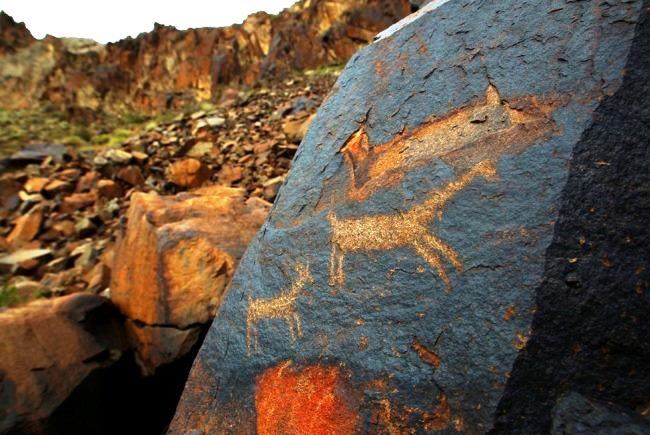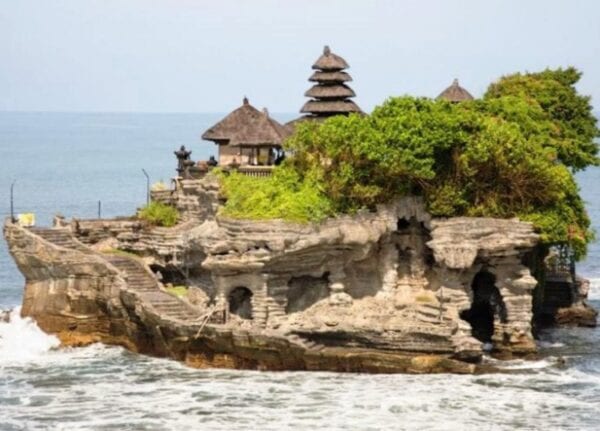 14, Май, 2015
14, Май, 2015Reserve Altyn-Emel, necropolis Besshatyr
Kazakhstan is a country with great cultural heritage, and has a lot of interesting historical monuments that have survived to this day. One of the most mysterious and even a little eerie place, located in a nature reserve Altyn Emel in Almaty region.

This Besshatyr (translated as «Five tents»), a grand necropolis Saka nomadic elite since the third to eighth centuries BC. In the territory of the semi-desert place, this majestic complex burial structures of ancient times is able to hit their area, because previously there had the opportunity to find an abundance of peace kings and chieftains of large tribes. This is the real center of ethnic culture with sacred meaning, which is strictly guarded by nasty attitude and theft.

Besshatyr mounds are not just high mounds of stone, as it may seem at first glance. In fact, the similarity of these structures will not find in the whole of Central Asia, because of their complexity and the presence of monumental corresponds to the presence of the fact that this place is considered «Gerros» which Saks called land of the dead. Any of eighteen royal burial mounds located here is a versatile architectural complex, which consists of both ground and underground structures. Under any bulk, which consists of several layers of stone, there is the tomb of logs, and under it is often a network of secret passages underground.

On the outer side mounds fences surrounding a circular ring shape (cromlechs) and arranged in a vertical position, as menhirs stones. Interesting is the fact that cromlechs established in the form of a curl spiral shape, and some of them have even been found cave paintings of animals. The largest structure of this ancient necropolis is considered a great Besshatyr mound, which has a height of about seventeen meters in diameter — one hundred and four feet, and he was surrounded by a chain of ninety-three fences of stone.

Village Besshatyr was sacred for many centuries — are religious rites, conducted calendar holidays, sacrifices were made, and even wedding rituals. So today Besshatyr mounds are not only archaeological, but also ritual monuments and cultural values.











